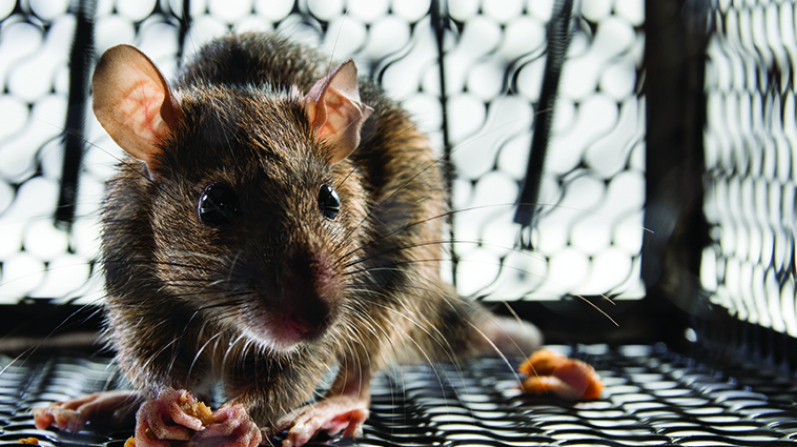What is a rodent?
Rats and mice both belong to the rodent order, Rodentia. They are vegetarian or omnivorous mammals with characteristic teeth. They have a single pair of continuously growing incisors on each of their jaws. The growth of these incisors, from 2 to 5 mm per week depending on the species pushes these animals to gnaw constantly. Their extremely sharp teeth are used to gnaw wood, break the most resistant food, kill their prey, as well as to file hard substances by a horizontal movement from back to front. Rodents thus have two main activities during the day, gnawing to file their teeth and eating to feed themselves.
What animals are rodents?
There are arboreal, terrestrial, burrowing, and amphibious rodents. In agriculture, they are considered pests, and mice and rats reproduce very quickly.
In addition to rats and mice, the order of rodents includes voles, field mice, nutria, beavers, squirrels, etc. Contrary to popular belief, shrews and moles are not rodents, but insectivores.
- Check that you have correctly identified the species of rodent.
- Take preventive actions.
- Use rodenticides well.
- Pair your product with a trap like a trap or a swatter to increase your chances of success!
- Check that the product has been consumed and do not hesitate to renew the operation.
Take preventive actions
Rodent control is also about preventing them from coming back. We must avoid offering them favorable conditions for their intrusion. For this, a few simple gestures:
- Block all possible entrances usable by rodents with solid materials (metal cement, etc.)
- Eliminate any hiding places or hidden passages
- Avoid piles of wood on the ground, put them on supports
- Eliminate tall grass and brush near the house
- Place food products in resistant glass or plastic containers, close cupboards
Prevention is really effective when it combines all the means that prevent the appearance, installation, and movement of rodents. Rodents sneak into the smallest interstices and seek to hide permanently for fear of being predated.
Expert advice
Before using rodenticides, consider the possibility of using non-chemical control methods. Consider adopting preventive control measures to improve the ingestion of the product and reduce the risk of re-infestation. Do not use anticoagulant rodenticides as permanent baits.
Proper use of rodenticides
The objective is to put the rodent under pressure to direct it towards the bait.
- Clean the rodent’s activity area to remove favorable shelters.
- Make the usual feeding area inaccessible.
- Read the label carefully before using the product
- Use a sufficient amount of product. Please refer to the product’s instructions for use.
- Place the baits in the main places where rodents pass.
- Use bait boxes. secure and properly labeled.
- Monitor the bait stations every day for 3 weeks using the principle: if a bait is nibbled or disappeared, put a new bait
The particularity of the brown rat is that it is neophobic: it will not immediately come into contact with a new element placed in its environment. As it has a memory of 3-4 days, it will only start hitting the baits after this period.
Pair your product with a trap to increase your chances of success!
Trapping must be considered as a complementary control method and not as a basic process, although it is perfectly ecological. It remains limited in its effectiveness The swatters, the traps, and the glue boards are different types of traps. They must be placed perpendicular to the casting near a passage hole. Traps are most effective if the rodent is coerced by an object into this route.
- The trap is a mechanical trap that catches the rodent alive. It gives good results with all species provided it is placed judiciously with good bait.
- The glue trap is ideal for mice.



